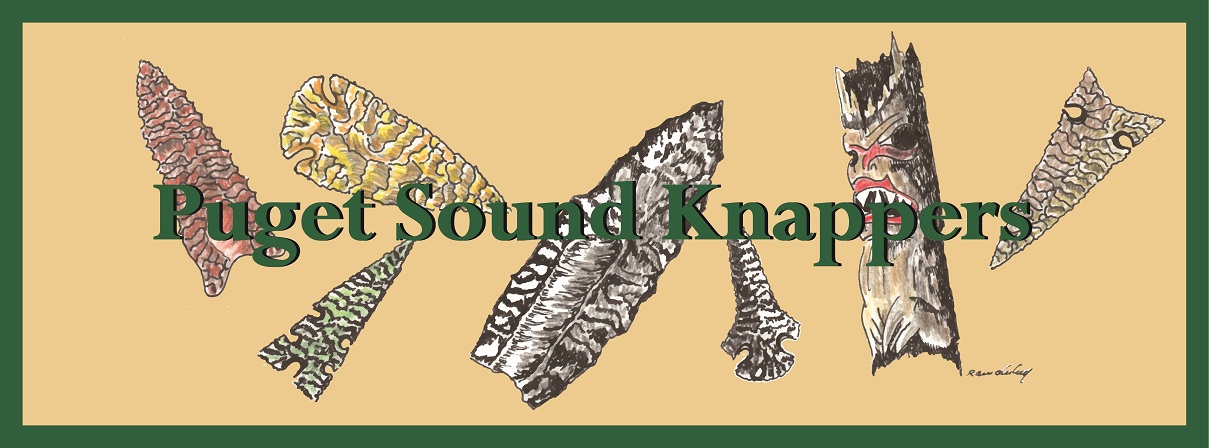 |
 |
|
Angostura Associated Dates: 10,000 – 8,000 Y.B.P. Late Paleo – Early Archaic
ABOVE: MIDDLE: ANGO01: Angostura point; no other information General Description: Angostura - Named originally in 1949 by J.T. Hughes as the "Long Point” from the types discovered at the Long Site in the Angostura Reservoir in South Dakota; later renamed the Angostura point by R. P. Wheeler. These points have bases that can range from concave to straight. Angostura points are most famous for the fine parallel oblique pressure flaking that some examples have. But they were also made with more random flaking. They have been found west of the Mississippi River in South Dakota, Wyoming, Nebraska, Colorado, Texas and Missouri. [They have a] long, slender lanceolate form that normally has a contracting stem that begins around the midsection of the point and continues to the point. The midsection is the widest portion of the blade. Flaking is oblique-parallel. The lateral edges are convex and many times beveled from resharpening. Stem edges are normally smooth from dulling/grinding. Bases are straight to slightly concave. There is much variation in size and shape within the type. Kelly labels one variation "Zella." |
Work in Progress - to be continued
|
©2010 J Keffer |